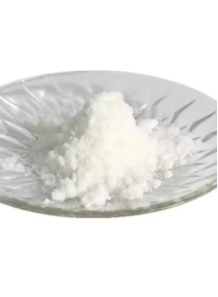Sodium perborate tetrahydrate
Cosmetics
Code: 127714
THIS CHEMICAL IS PROHIBITED TO USE IN PERSONAL CARE IN MOST COUNTRY. PLEASE CHECK YOUR LOCAL REGULATION FIRST BEFORE PURCHASING
Cart
No products
Subtotal:
0.00
Total
0.00
THB



